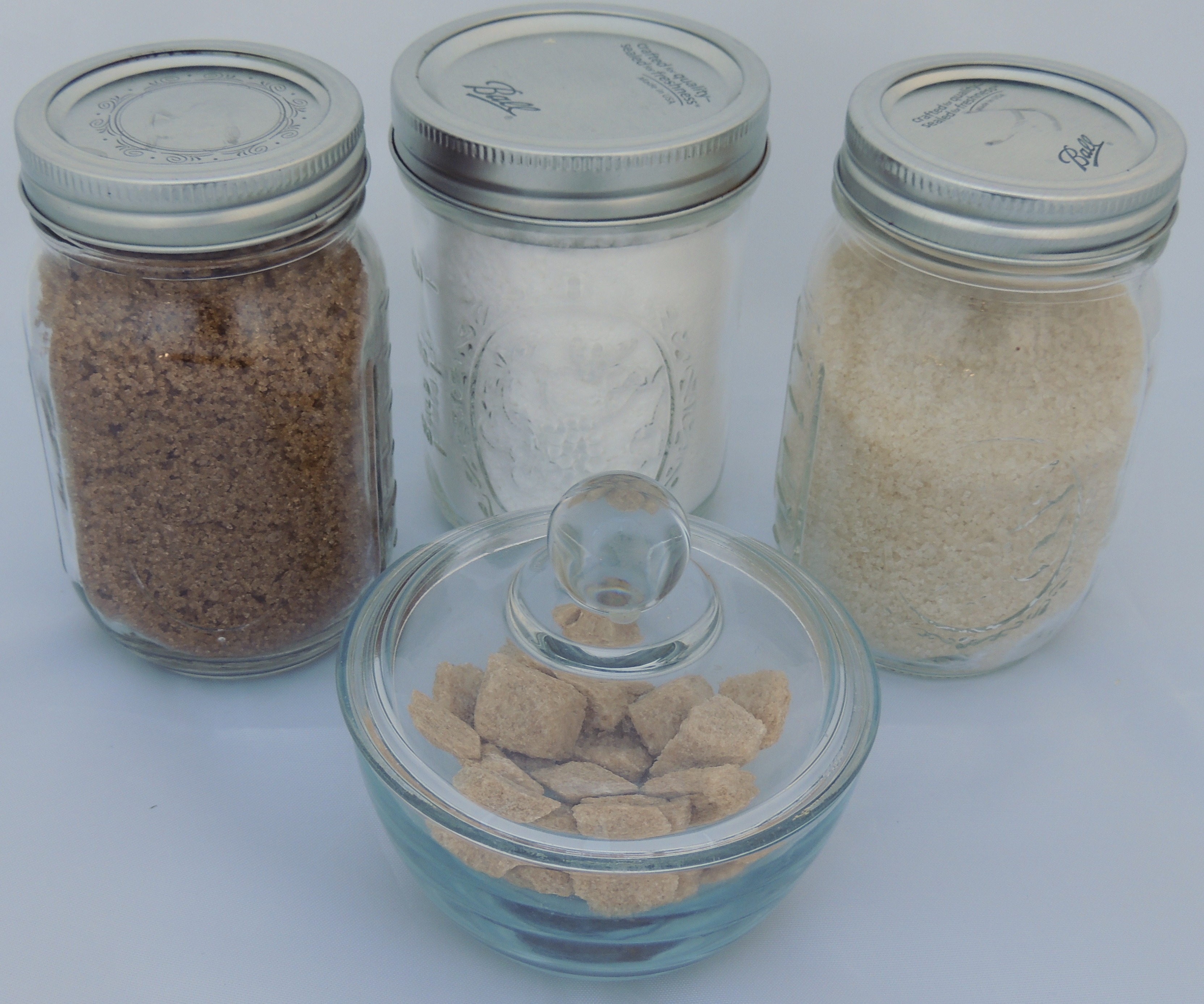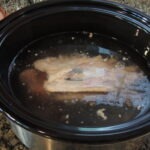
“My fault, my failure, is not in the passions I have, but in my lack of control over them.” ~ Jack Kerouac
Did you know that our taste buds are highly sensitive to sweet flavors, causing our hormones to react with a rush of insulin and serotonin? Sugar gives us an almost immediate emotional boost and quick energy. As hunters and gatherers, early humans sought fruit to obtain this burst of energy and euphoria. They were key to early man’s survival, and still make an excellent dessert!
Today however, processed sweets are always available, and most holidays are built around them. Although we should avoid excess sugar, few are willing to give up apple pie in the fall, pumpkin pie at Thanksgiving, cookie exchanges for Christmas, and all of the other traditional desserts that bring us together. Sugar not only improves our mood (at least briefly), but it’s part of our family life and good memories.
That’s why we include an assortment of common (and uncommon) desserts that are easy to prepare, made with wholesome ingredients, and are not too sweet. We have made our desserts numerous times with different types and amounts of sugar to end up with the best taste and texture possible with the least amount of sugar.
We include an assortment of sweeteners, not just granulated sugar (although that’s the most economical type and therefore the one most often used). When it comes to granulated sugar, we recommend choosing one made from unrefined evaporated cane juice. If not specified, granulated sugar is probably made from GMO sugar beets, which we try to avoid. Sugars that are less refined—like Sucanat, turbinado, demerara, coconut sugar, and date sugar—can be substituted for granulated sugar in our recipes, but are more expensive.
Although these alternative sugars have a brown color, they are not the same as the brown sugar that is called for in some recipes. Brown sugar is moist, and is a mixture of white sugar and molasses. Dark brown sugar has a little more molasses in it than light brown sugar, but they can be used interchangeably. Brown sugar provides moisture to desserts, and it gives cookies a chewy texture, whereas granulated (or other dry) sugar creates a crispy cookie. You can make your own brown sugar if you have white sugar and molasses. Be sure to keep brown sugar sealed, in an airtight container.
Speaking of molasses, there are a number of desserts that just aren’t the same without it, like gingerbread and oatmeal cookies. It’s also an important ingredient in our Black Bean Brownies because of its acidity, which reacts with baking soda to create lift. Confectioner’s (or powdered) sugar can be used for frosting and to sprinkle on French toast. Honey and maple syrup are sometimes specified in our recipes and can be substituted for each other. If you prefer agave syrup, that’s another option. Keep maple syrup refrigerated after opening, but store all other sweeteners in the pantry even when open. If honey is refrigerated, it will harden and crystallize. Stevia is an all-natural zero-calorie sweetener from the stevia herb, but it cannot be used as a direct substitute for sugar (unless it’s a modified blend and indicated as such).
With all of that sugar around, you will need to exercise a little self-control. We recommend eating sweets only occasionally. When you take the time to make dessert from scratch, you are less likely to have it daily. Like most things in life, moderation is key!

